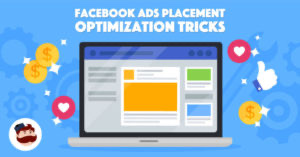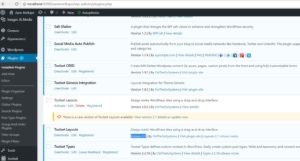1- Page speed is often confused with “site speed,” that’s in fact the page speed for any sample of page views on a website. Page speed could be referred to either in “page load time” (the time it requires to completely show the content on a particular page) or “time to first byte” (just how long it will take for your browser to get the first byte of information coming from the web server).
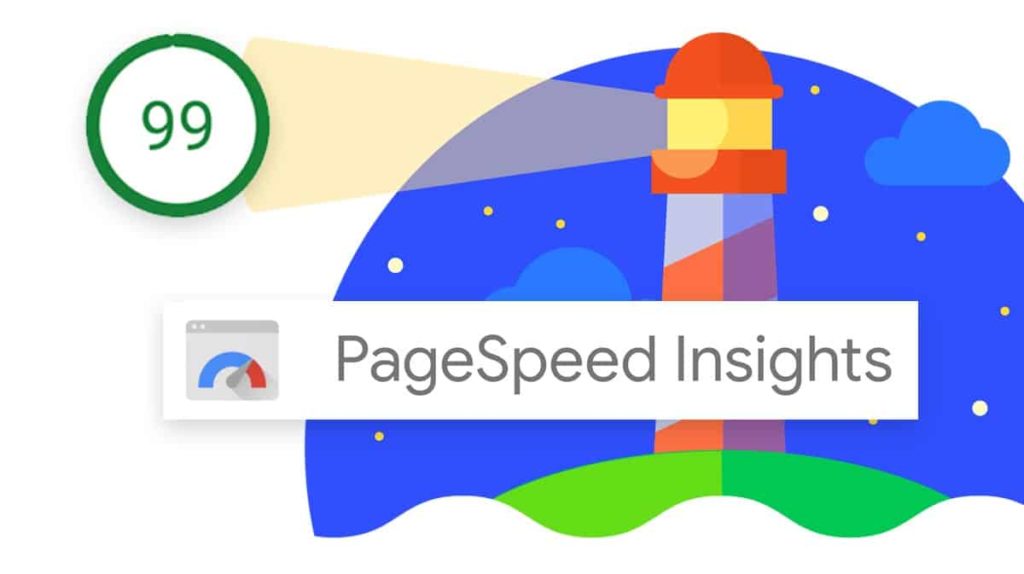
You could look at your page speed using Google’s PageSpeed Insights. It is easy to access PageSpeed Insights at https://developers.google.com/speed/pagespeed/insights/. You could enter the URL there and after a few seconds the tool will return a page with some results regarding your website’s performance. Towards the top, you will see a general score, that is an average of numerous factors.
SEO Best Practices
Google uses its algorithm to rank pages. And research has revealed that Google may be particularly calculating time to first byte as when it points to page speed. Additionally, a slow page speed implies that search engines could crawl less pages utilizing their allocated crawl budget, and this can adversely affect the indexation.
Here are a few of the numerous ways to boost your page speed:
Enable Compression
Make use of Gzip, a software application for file compression, to minimize the size of your CSS, HTML, and JavaScript files which are bigger than 150 bytes. Don’t use gzip in image files. Rather, compress these on a program such as Photoshop in which you could maintain control on the quality of the picture.
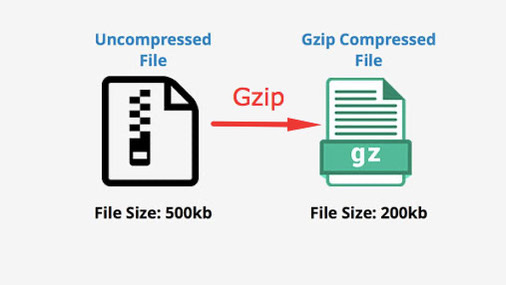
Minify CSS, JavaScript, and HTML
Simply by optimizing the code (such as eliminating spaces, commas, as well as other needless characters), you could significantly boost your page speed. Additionally eliminate code comments, formatting, as well as unwanted code. Google suggests making use of CSSNano and UglifyJS.
Minimize Redirects
Every time a page redirects to a different page, your guest encounters more time awaiting the HTTP request-response cycle to finish. For instance, when your mobile redirect pattern appears like this: “example.com -> www.example.com -> m.example.com -> m.example.com/home,” every one of these 2 extra redirects can make your page load slower.
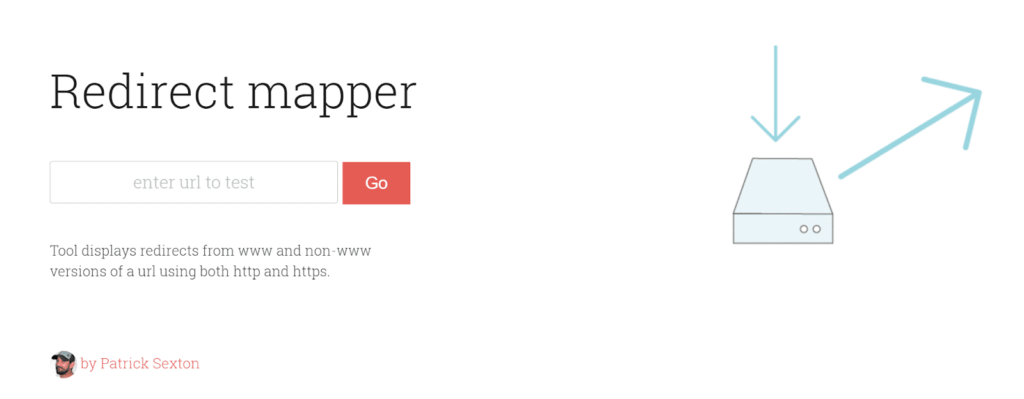
Eliminate Render-blocking JavaScript
Browsers need to develop a DOM tree by simply parsing HTML just before they could render a page. In case your browser runs into a script throughout this process, it must stop and execute it just before it could continue. Google advises preventing and reducing the usage of blocking JavaScript.
Leverage Browser Caching
Browsers cache plenty of information (images, stylesheets, JavaScript files, and a lot more) in order that whenever a visitor returns to your website, the browser doesn’t need to reload the whole page. Make use of a tool such as YSlow to determine if you have already an expiration date fixed for your cache. Then set the “expires” header based on how long you desire that data to be cached. Most of the time, except if your website design alters regularly, a year is a sensible period of time. Google has more details regarding leveraging caching here.

Boost Server Response Time
Your server response time is influenced by the quantity of traffic you get, the resources every page utilizes, the software your server utilizes, as well as the hosting solution you employ. To boost your server response time, search for performance bottlenecks such as slow database queries, slow routing, or perhaps a lack of sufficient storage and resolve them. The perfect server response time is less than 200ms.
Utilize a Content Distribution Network
Content distribution networks (CDNs), also known as content delivery networks, are networks of web servers which are utilized to distribute the load of delivering information. Basically, duplicates of your website are kept at multiple, geographically varied data centers in order that users have quicker and much more reliable access to your website.
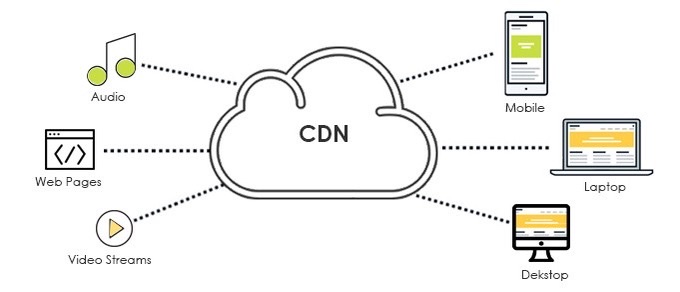
Optimize Pictures
Make sure that your pictures aren’t any bigger than they should be, that they’re in the correct file format (PNGs are usually better for graphics with less than sixteen colors while JPEGs are usually better for pictures) and they are compressed for the web.



